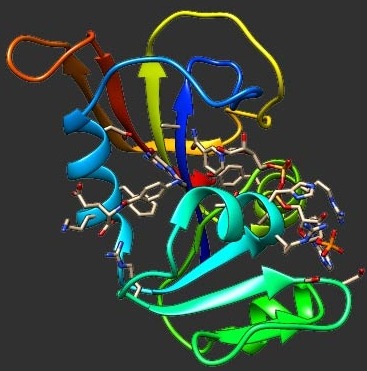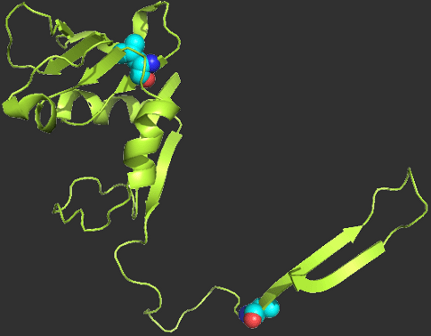Citation:
Date Published:
2007Abstract:
Author SummaryHere, we address the question of how Darwinian evolution of organisms determines molecular evolution of their proteins and genomes. We developed a microscopic ab initio model of early biological evolution where the fitness (essentially lifetime) of an organism is explicitly related to the evolving sequences of its proteins. The main assumption of the model is that the death rate of an organism is determined by the stability of the least stable of their proteins. A lattice model is used to calculate stability of all proteins in a genome from their amino acid sequence. The simulation of the model starts from 100 identical organisms, each carrying the same random gene, and proceeds via random mutations, gene duplication, organism births via replication, and organism deaths. We find that exponential population growth is possible only after the discovery of a very small number of specific advantageous protein structures. The number of genes in the evolving organisms depends on the mutation rate, demonstrating the intricate relationship between the genome sizes and protein stability requirements. Further, the model explains the observed power-law distributions of protein family and superfamily sizes, as well as the scale-free character of protein structural similarity graphs. Together, these results and their analysis suggest a plausible comprehensive scenario of emergence of the protein universe in early biological evolution.

